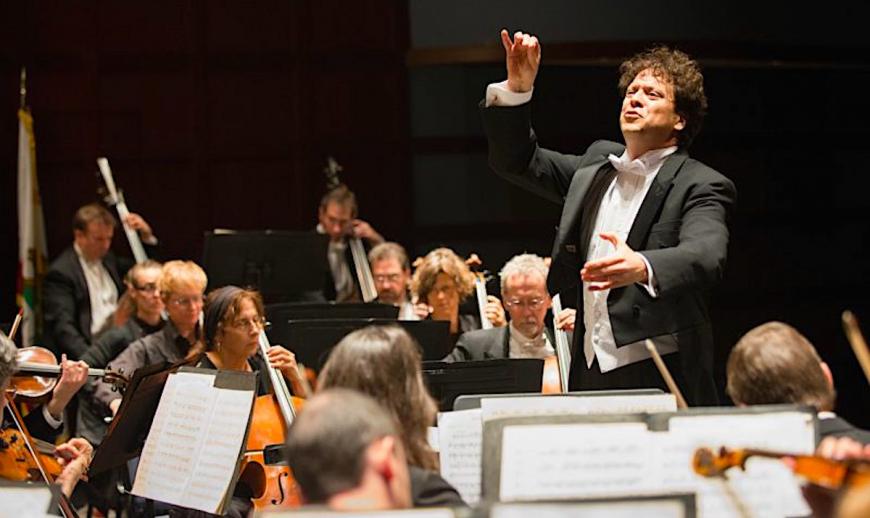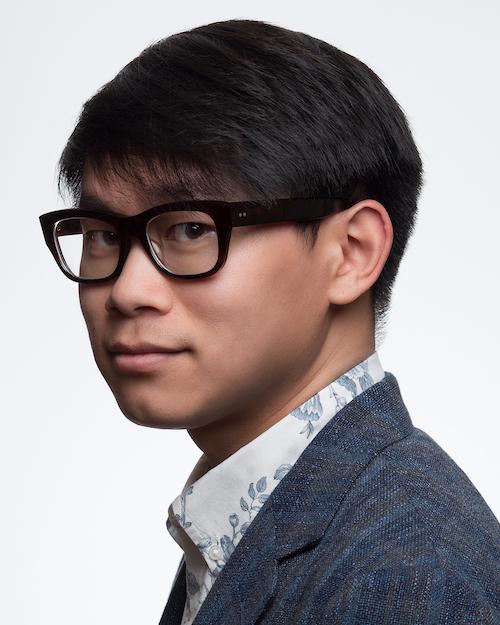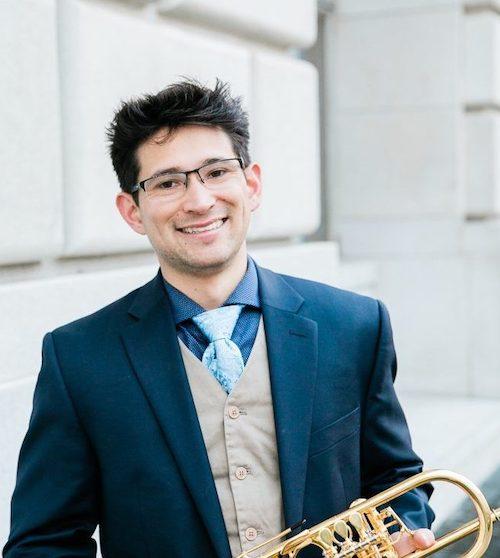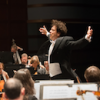
For the past 29 years, the California Symphony has supported living composers through its Young American Composer-in-Residence Program, one of the most successful of its kind, judging by its alumni. Beginning this Saturday, fans will get their first listen to the music of the latest composer-collaborator, Viet Cuong, whose piece, Next Week’s Trees, is featured in the California Symphony’s free admission, three-part virtual concert series titled Poetry in Motion.

Over the course of the pandemic, the California Symphony had to pivot its composer-in-residence program to an online format. The past 14 months have shown California Symphony Music Director Donato Cabrera that working with composers virtually can still be extremely productive, engaging and effective.
Yet, Cabrera told SFCV, nothing can truly replicate the in-person experience of live concerts and interactions with musicians, conductors, other staff, donors, and audiences.
Last fall, the California Symphony filmed a series of chamber music performances — performances that, while “very wonderful,” left Cabrera thinking about the potential for reimagining the virtual concert experience through collaborations with video artists.
“There is no way that a video recording of an orchestra can ever capture and recreate the experience of seeing a live concert, but it can be an entirely different creation that can have its own appeal and sense of fun, artistic expression,” Cabrera said.
He recalled being impressed by Mercury Soul: Cathedral, a four-part mini-series created by Mercury Soul, a Bay Area collective of musicians, dancers, visual artists, DJs, and videographers that happens to be co-founded by composer and DJ Mason Bates — an alumnus of the California Symphony’s composer-in-residence program.
Cabrera reached out to Mercury Soul and shared with them his vision for a poetry-inspired concert combining two art forms — music and cinematography. The collaboration would later become the California Symphony’s season finale.
The series, filmed at the Oakland Scottish Rite Center, will broadcast locally over three consecutive Saturdays: May 8, May 15, and May 22 at 7 p.m. The videos will remain available for on-demand viewing on the California Symphony website through the end of May.

For Cabrera, working with video director Matthew Ebisuzaki of Mercury Soul is like having another conductor — one who creates the visual representation of the music. The collaboration between the two institutions “reflect the vision of breaking down barriers between the audience and the performer,” said Cabrera in the press release.
“Donato’s approach to our virtual concerts provides an opportunity to get to know the Orchestra on a more intimate level,” said California Symphony Executive Director Lisa Dell in a press release. “How often can you see a violinist’s fingerings from your seat? Or the conductor’s expression? This pandemic has changed — and in some ways enhanced — how our audience can connect with California Symphony.”
Saturday’s first episode features the world premiere of Viet Cuong’s Next Week’s Trees, a piece for string orchestra. The composer attended rehearsals virtually, and gave comments to the orchestra from across the country in Atlanta, Georgia, where he currently resides.
The episode opens with an interview with Cuong, where he will discuss his artistic vision for the piece, which was inspired by and derives its name from American poet Mary Oliver’s “Walking to Oak-Head Pond, And Thinking of the Ponds I Will Visit in the Next Days and Weeks.” For Cuong, the poem, which begins “What is so utterly invisible/ as tomorrow?” serves as a “gentle reminder of the uncertainty of the future” and the “confident hope of the present.”
The second episode, which airs the following Saturday, on May 15, features a performance of Arnold Schoenberg’s Verklärte Nacht (Transfigured night) in the string orchestra arrangement. The 1899 work draws upon Richard Dehmel’s poem of the same name.
“Schoenberg, maybe more than any other person before him, truly attempted to be a literalist in terms of the music, reflecting each line of the poetry, but in an abstract way,” Cabrera said, adding that he has been “obsessed” with the piece for years. “I can’t really think of another piece quite like it.”
The May 22 concert concludes the California Symphony’s 2020-21 season with a performance of Benjamin Britten’s introspective Serenade for Tenor, Horn, and Strings, featuring tenor Nicholas Phan and horn player Meredith Brown.
Cabrera, a horn player himself, said the piece is particularly dear to him, though he added that what currently inspires him most is his collaborations with Phan and Brown. “It’s always such a joy to hear [Brown] play, and she has such a clear point of view of this piece,” Cabrera said.
He also expressed excitement over being able to return to the podium and work with members of the California Symphony after a year of not playing together.
“To make music again with the California Symphony was so exciting, and full of joy,” Cabrera said. “We took that for granted, before the pandemic.”




